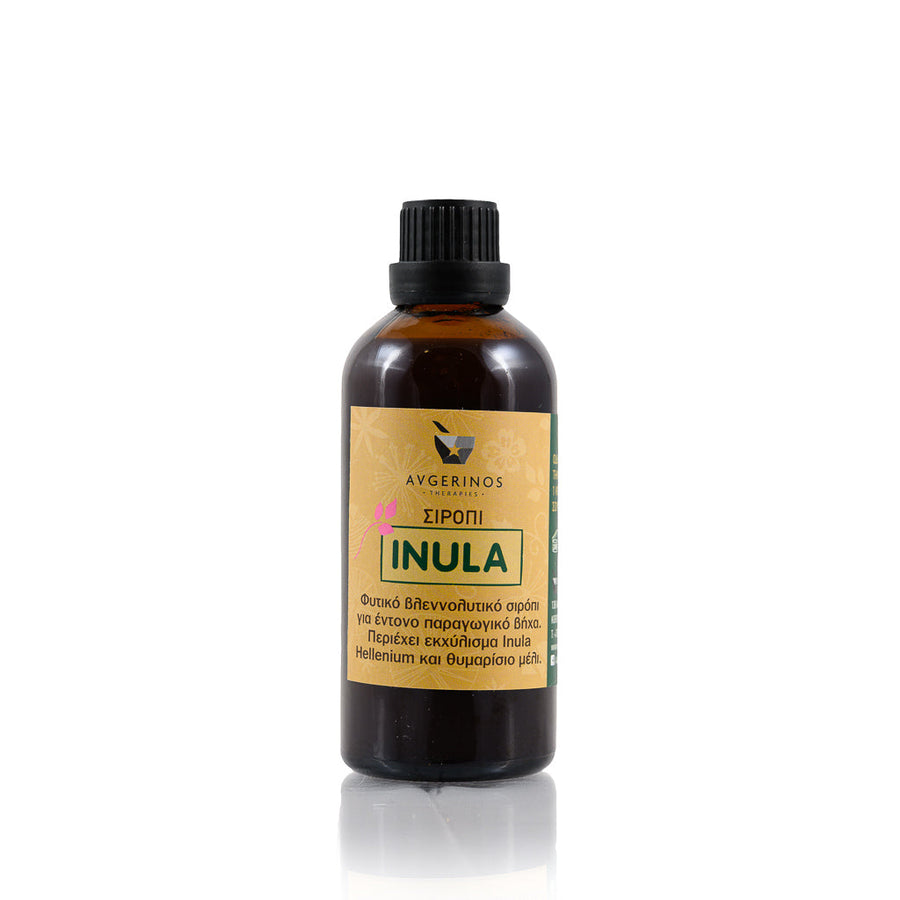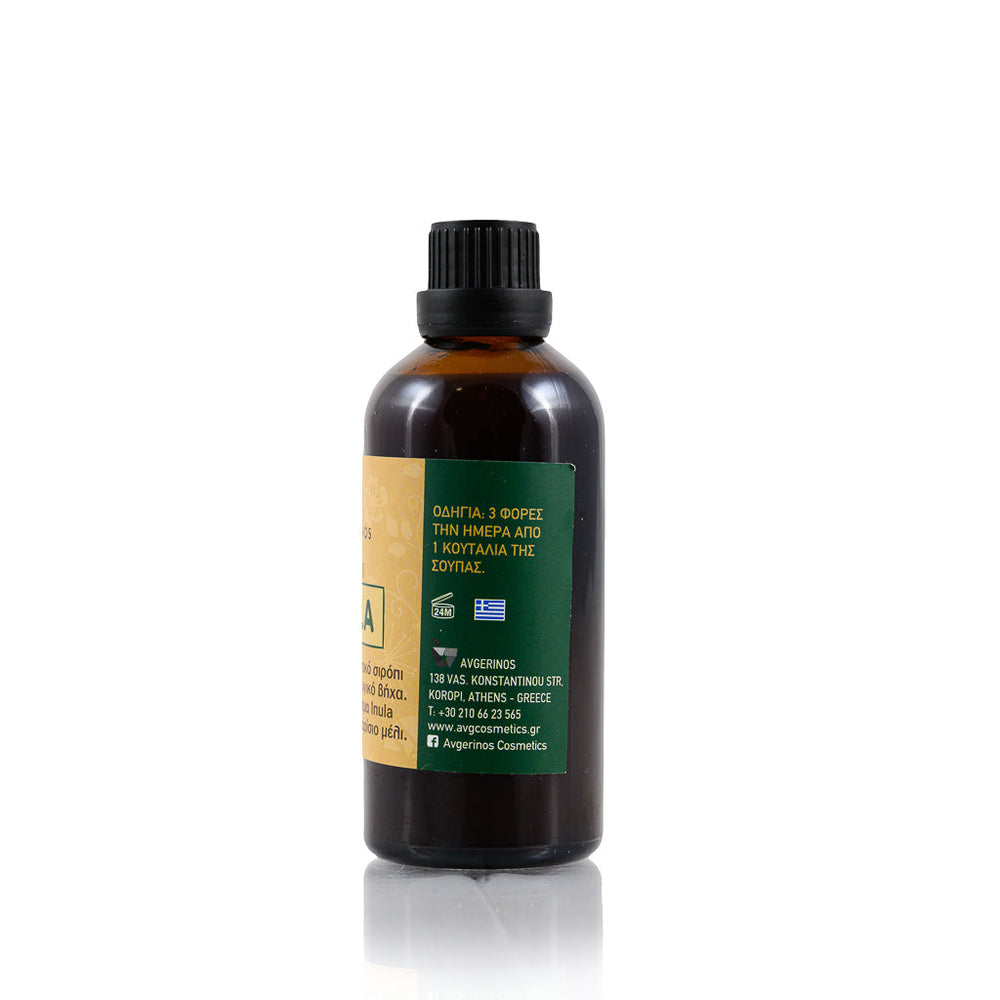Guide Ω-3 - Ω-6
One of the stars of food nutrients, are essential fatty acids or vital fats as they are often called. The reason is that our body treats fats and oils almost exclusively as fuel to produce energy, but more importantly, they are a component of the brain since 60% of its weight is fat.
First of all, we should know that the fats from oils are differentiated according to the type of fat they contain and that is why they are divided into polyunsaturated, monounsaturated and saturated.
- Polyunsaturated fatty acids are mainly found in sunflower oil, corn oil and some fish oils. We often hear about how beneficial it is to consume this type of fat because it helps lower blood cholesterol.
-Monounsaturated fatty acids help reduce LDL, known as bad cholesterol, and support heart and brain functions.
- Saturated fatty acids are found mainly in foods of animal origin such as meat and dairy products, butter and in some plant-based foods such as palm oil, coconut oil. It is important to limit the intake of saturated fat to a ratio that does not exceed 10% daily because this type of fat increases cholesterol and subsequently damages our vessels.
Omega Fatty Acids or Essential Fatty Acids
Essential fats belong to the polyunsaturated group. Because our body does not synthesize them, they are taken in exclusively from our diet and we get them through two large families of Ω-3 and Ω-6 fatty acids.
From Ω-3 we have:
1. Alpha Linolenic Acid – ALA
2. Docosahexanoic Acid – DHA
3. Eicosapentaenoic Acid – EPA
From Ω-6 we have:
1. Linoleic Acid – LA
2. Gamma Linoleic Acid – GLA
3. Arachidonic Acid – AA
Actions of Ω-3 / Ω-6 fatty acids:
Many studies report the beneficial benefits of Omega-3 fats in heart function, lowering cholesterol and increasing HDL. Omega-3s prevent gallstone formation, are a structural component of membranes, reduce inflammation in the body and intestines, enhance brain functions, prevent platelet aggregation, benefit bones by slowing osteoporosis, hydrate the skin and contribute in the proper development of children.
Omega-6 fats work synergistically with Omega-3 fats and support the above functions and benefits when consumed in the right proportions. The Western diet contains a lot of Omega-6 which comes mainly from meat, eggs, dairy products, sunflower oil, palm oil and corn oil.
It is important to emphasize that overconsumption of Omega-6 releases substances in our body that promote inflammation. However, it should be noted that GLA is the only Omega-6 with anti-inflammatory effects on white blood cells, and in combination with Omega-3, the anti-inflammatory effects occur throughout the body!!
Nutritional sources of Omega-3:
Walnuts, almonds, flaxseed, pine nut, spinach, parsley, tofu (soy product), fatty fish, mustard seeds, hemp seeds and chia.
Nutritional sources of Omega-6:
Peanut oil, corn oil, sunflower oil, sesame and processed foods. These foods should be consumed in moderation.
Meat, eggs and dairy should be consumed in small quantities because they contain arachidonic acid.
Spirulina, evening primrose oil, borage oil, gooseberry oil contain GLA, significantly reduce inflammation and their consumption is recommended.
The safest way to achieve the ideal ratio in the consumption of Omega-3/Omega-6 fats is to introduce nutritional supplements so as to enhance their intake when needed. The options available to someone who wants to use formulations cover high-quality fish oils and vegan sources from pure plant-derived seeds that are directly absorbed by our body.
In our neighborhood pharmacy, there are many nutritional preparations that adequately cover the combination of the large Ω family consisting of Ω-3, Ω-6, and Ω-9.









Leave a comment